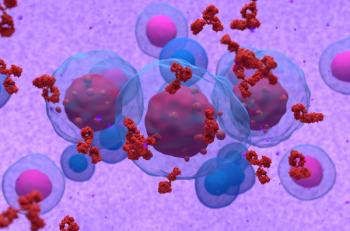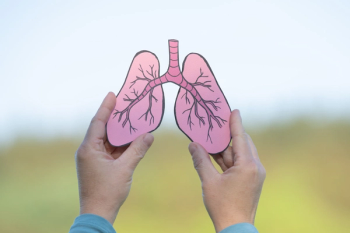
Pharmacists Should Proactively Educate Themselves About Avian Influenza
Although the CDC continues to emphasize that risk to humans is currently low, patients will have questions.
Avian influenza, commonly known as bird flu, poses serious threats to human and animal health. These viruses cause pandemics and disrupt global health systems. Understanding their biology and impact offers insight into their spread and potential threats, allowing farmers and public health officials to implement effective measures to contain outbreaks.
Avian influenza viruses fall under the influenza A category and primarily infect birds, but they can also spread to humans. In animals, signs of this infection range from purple discoloration and swelling to sudden death with no prior signs.1 On the other hand, in humans, symptoms from the infection range from mild flu-like signs to severe pneumonia and, potentially, death. The severity of the disease depends on the virus strain and individual immune responses.2
These viruses spread through direct contact with infected birds or contaminated environments. Migratory birds significantly contribute to global transmission, whereas local factors such as live poultry markets and farms drive regional and local spread.2
Medical professionals use antiviral drugs such as oseltamivir or zanamivir to treat avian influenza in humans. Neuraminidase inhibitors stop the virus from spreading and lessen symptom severity and duration.2 Prescribers also recommend M2 ion channel inhibitors like amantadine and rimantadine to treat avian influenza because they block viral replication. Furthermore, polymerase inhibitors such as baloxavir marboxil and pimodivir target the viral polymerase complex to stop the virus from replicating.2 Prescribers use these drugs to disrupt various stages of the virus's life cycle, reducing the production of infectious particles and limiting the disease's impact. By combining drugs with different mechanisms of action, they can enhance antiviral effects and minimize the risk of resistance.2
Mozambique, a country in East Africa, recently experienced an outbreak of Highly Pathogenic Avian Influenza (HPAI) caused by the H7N6 subtype. The journal Emerging Microbes and Infections reported on the outbreak. The birds exhibited symptoms such as digestive and respiratory issues, and mortality rates rose rapidly. The virus probably spread quickly due to poor biosecurity practices, such as the movement of people and birds between farm sheds. Authorities in the country quickly controlled the outbreak by restricting poultry and poultry product movements from the affected district, culling infected birds, and disposing of contaminated feed, waste, and equipment.They confirmed the H7N6 subtype, raising concerns about its potential spread to humans, because other H7 strains have caused conjunctivitis and respiratory issues in humans.3 Although Mozambique hasn't reported human cases yet, authorities are exercising continued caution to prevent transmission.
The HPAI H7N6 outbreak in Mozambique emphasizes the importance of taking proactive measures against avian influenza. By maintaining vigilance and conducting active surveillance, authorities can prevent future outbreaks and minimize the impact on human health. National veterinary authorities must collaborate with international organizations to manage these threats. Understanding the complexities of avian influenza is crucial for developing strategies to control its spread and prepare for pandemics.
Controlling avian influenza requires developing avian-specific vaccines and antiviral drugs to stop the virus from spreading among birds. Other essential methods include:2
- Improving human vaccines with mRNA technology for more effective protection
- Enhancing surveillance systems for wildlife and livestock diseases to provide early risk warnings
- Enforcing strict laws to limit wild bird hunting to reduce human-bird interaction
- Increasing public awareness about the risks of consuming poultry during high-risk periods
Comprehensive strategies are necessary to prevent and respond to future pandemics caused by avian influenza. Governments and health organizations must collaborate to implement these strategies and achieve better outcomes.
References
American Veterinary Medical Association. Avian Influenza in Companion Animals. AVMA.
https://www.avma.org/resources-tools/animal-health-and-welfare/animal-health/avian-influenza/avian-influenza-companion-animals . Accessed April 16, 2024.He J, Kam YW. Insights from Avian Influenza: A Review of Its Multifaceted Nature and Future Pandemic Preparedness. Viruses. 2024;16(3):458. Published 2024 Mar 17. doi:10.3390/v16030458
Monjane I, Djedje H, Tamele E, et al. H7N6 highly pathogenic avian influenza in Mozambique, 2023. Emerging Microbes & Infections. 2024;13(1). doi:10.1080/22221751.2024.2321993.
Newsletter
Stay informed on drug updates, treatment guidelines, and pharmacy practice trends—subscribe to Pharmacy Times for weekly clinical insights.

















































































































































































































